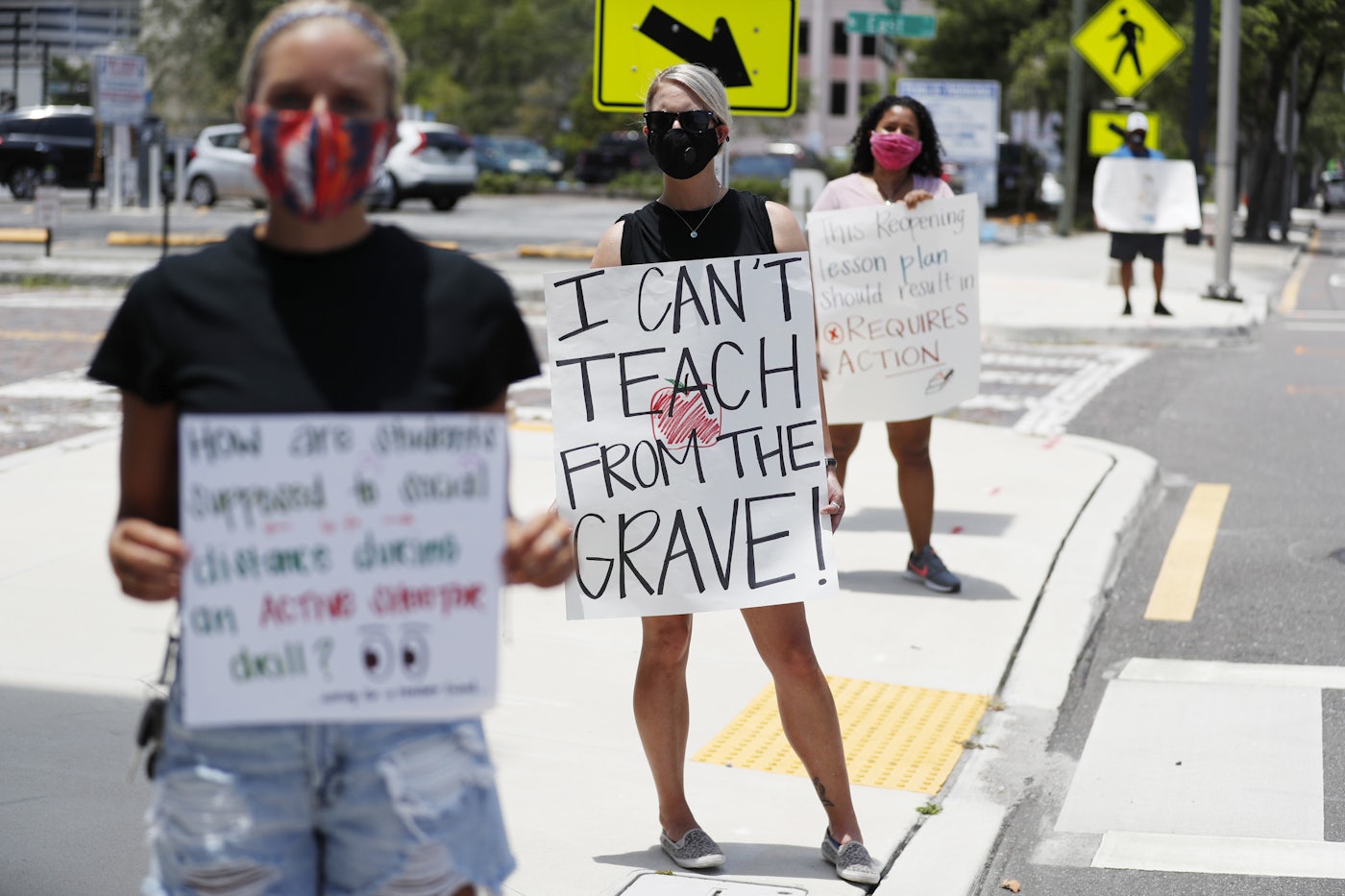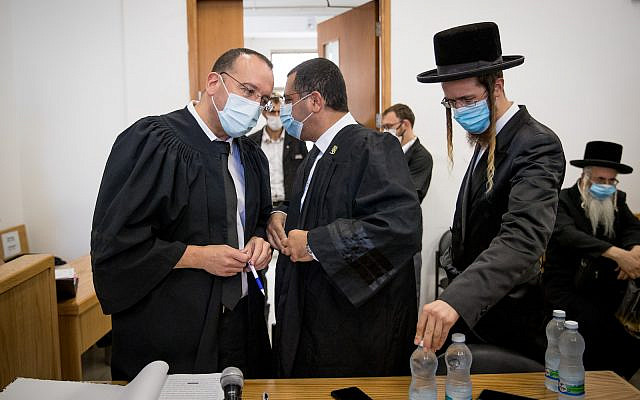Agudath
Israel of California represents the Orthodox Jewish community in the
State, including more than 25 Orthodox Jewish day schools with over 7000
students in an effort to reopen K-12 schools for face to face learning
in the fall. The Orthodox Jewish community fully understands the threat
of the COVID -19 virus in the State of California. We place safety first
in any action we take.
During the first months of the pandemic our community experienced hospitalizations, the need for long term ventilator care, and even death. Our community took strong action to follow governmental guidelines. In May we were able to reopen synagogues adhering to the state and county protocols. In July, we opened day camps, again following state and county guidelines. To date, we have had no infection traceable to our synagogues or day camps. (Flat Out Lie!)
Sadly, we have not been able to reopen our schools. From March until the end of the academic year, our students, like all students throughout the State, participated in distance learning only. Each of our schools invested hundreds of thousands of dollars in a heroic effort to obtain the necessary technology, set up and train users, and to implement a robust distance learning program.
Despite these efforts, our educators feel, as do educators throughout the State, that the distance learning model was not successful. The thought of limiting instruction to home based computer learning in the coming academic year is untenable. The model is an academic failure and a financial impossibility. Many prominent physicians, including pediatricians, agree that schools can be safely opened for face to face learning if proper guidelines are followed.
We applaud the Governor’s inclusion of a waiver option in the State guidelines that would allow an elementary school to petition to reopen. We strongly contend that the waiver process should be expanded to secondary grades. There is no conclusive science to make such an arbitrary distinction. (ANOTHER LIE)
It should also be possible for a consortium or group of schools to batch their applications and submit them together.
Agudath Israel of California wants all Californians to stay safe and healthy. Part and parcel of that is to enable our children to learn. It is imperative to allow those willing to take the necessary steps to ensure a safe learning environment, the ability to reopen schools for the coming academic year, for face to face instruction.
https://www.cdph.ca.gov/Programs/CID/DCDC/Pages/Immunization/ncov2019.aspx
During the first months of the pandemic our community experienced hospitalizations, the need for long term ventilator care, and even death. Our community took strong action to follow governmental guidelines. In May we were able to reopen synagogues adhering to the state and county protocols. In July, we opened day camps, again following state and county guidelines. To date, we have had no infection traceable to our synagogues or day camps. (Flat Out Lie!)
Sadly, we have not been able to reopen our schools. From March until the end of the academic year, our students, like all students throughout the State, participated in distance learning only. Each of our schools invested hundreds of thousands of dollars in a heroic effort to obtain the necessary technology, set up and train users, and to implement a robust distance learning program.
Despite these efforts, our educators feel, as do educators throughout the State, that the distance learning model was not successful. The thought of limiting instruction to home based computer learning in the coming academic year is untenable. The model is an academic failure and a financial impossibility. Many prominent physicians, including pediatricians, agree that schools can be safely opened for face to face learning if proper guidelines are followed.
We applaud the Governor’s inclusion of a waiver option in the State guidelines that would allow an elementary school to petition to reopen. We strongly contend that the waiver process should be expanded to secondary grades. There is no conclusive science to make such an arbitrary distinction. (ANOTHER LIE)
(Older Children Spread the Coronavirus Just as Much as Adults, Large Study Finds:
https://www.nytimes.com/2020/07/18/health/coronavirus-children-schools.html)
It should also be possible for a consortium or group of schools to batch their applications and submit them together.
Agudath Israel of California wants all Californians to stay safe and healthy. Part and parcel of that is to enable our children to learn. It is imperative to allow those willing to take the necessary steps to ensure a safe learning environment, the ability to reopen schools for the coming academic year, for face to face instruction.
https://www.cdph.ca.gov/Programs/CID/DCDC/Pages/Immunization/ncov2019.aspx





:focal(748x360:749x361)/https://public-media.si-cdn.com/filer/9e/1e/9e1e54d3-b9c7-4738-aff1-0a1e02d818e7/gettyimages-56462756_forweb.jpg)

/https://public-media.si-cdn.com/filer/48/96/48961a8d-4306-464c-9229-8e05ca54242f/jews_in_warsaw_ghetto_soup_kitchen.jpg)







:focal(937x508:938x509)/https://public-media.si-cdn.com/filer/10/5a/105a636f-0de5-4d8a-ba65-5caee25114c8/gettyimages-1256366561_online.jpg)
/https://public-media.si-cdn.com/filer/ba/92/ba92ec37-03df-46bf-ab95-b157c1b41a2e/gettyimages-1226007156_online.jpg)








